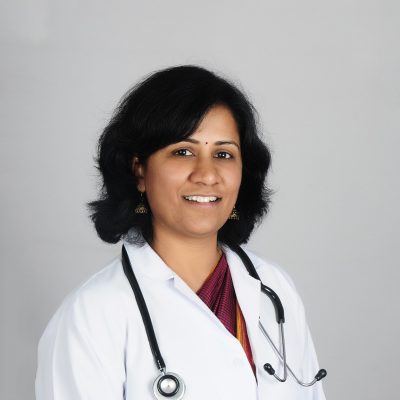Psychiatry
Body Dysmorphic Disorder
Diagnostic Criteria
- Preoccupation with one or more perceived defects or flaws in physical appearance that are not observable or appear slight to others.
- At some point during the course of the disorder, the individual has performed repetitive behaviors (e.g., mirror checking, excessive grooming, skin picking, reassurance seeking) or mental acts (e.g., comparing his or her appearance with that of others) in response to the appearance concerns.
- The preoccupation causes clinically significant distress or impairment in social, occupational, or other important areas of functioning.
- The appearance preoccupation is not better explained by concerns with body fat or weight in an individual whose symptoms meet diagnostic criteria for an eating disorder.
Specify if:
With Muscle dysmorphia: The individual is preoccupied with the idea that his or her body build is too small or insufficiently muscular. This specifier is used even if the individual is preoccupied with other body areas, which is often the case.
Specify if:
Indicate degree of insight regarding body dysmorphic beliefs (e.g. “I look ugly or deformed”)
With good of fair insight: The individual recognizes that the body dysmorphic disorder beliefs are definitely or probably not true or that they may or may not be true)
With poor insight: The individual thinks that the body dysmorphic disorder beliefs are probably true.
With absent insight /delusional beliefs: The individual is completely convinced that the body dysmorphic disorder beliefs are true.
Medical Specialists
Dr. Vijayakumar D.R
Dr. Vijayakumar D.R is a senior psychiatrist with more than 22 years of experience in handling mental health issues in India, Australia and the United Kingdom.
Dr. Madhu Shree Vijayakumar
Dr. Madhu Shree Vijayakumar, is an obstetrician and gynaecologist with about a decade experience in addressing women’s health problems from adolescence to post menopause.
WhatsApp us


